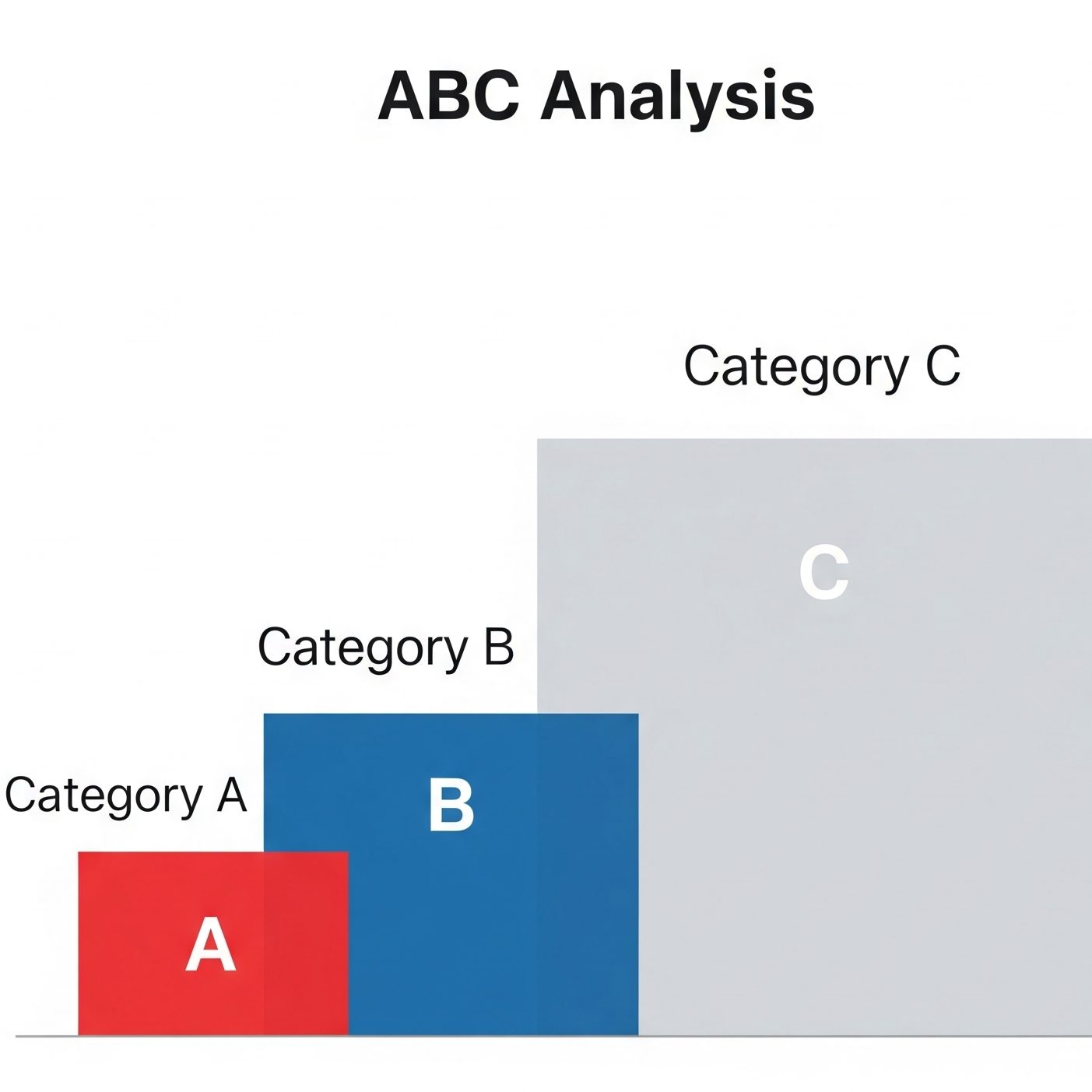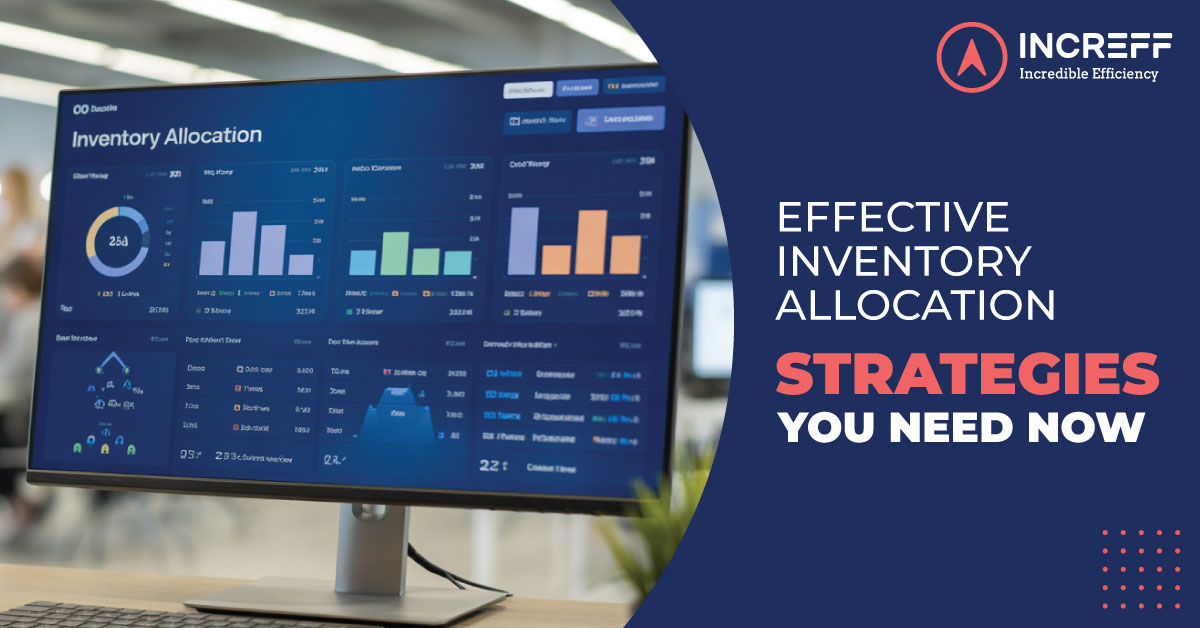Effective inventory management in today’s hectic retail setting involves having the right products on the shelf at the right time in the right location. Managing inventory levels is a constant struggle for retailers, particularly when customer demand is unpredictable. Customer satisfaction, brand reputation, and overall profitability can all be negatively impacted by poorly managed inventory, particularly in situations where there are out-of-stock situations. However, retailers can greatly reduce these risks and increase operational efficiency by utilizing sophisticated merchandising software and efficient inventory allocation strategies.
The complexities of modern retail extend far beyond simple stock counts. With consumers expecting seamless experiences across multiple channels – from in-store Browse to online purchases and even app-based returns – the visibility and strategic distribution of inventory have become paramount. A product sitting in a warehouse far from a high-demand store is as good as out of stock. This highlights the critical need for sophisticated tools that can analyze vast amounts of data, predict consumer trends, and dynamically reallocate stock to maximize sales opportunities and minimize waste.
General inventory strategies are no longer adequate due to the rise of personalized shopping experiences. In order to guarantee that the proper mix is available in every location—whether it be a physical store, a regional fulfillment center, or a dark store fulfilling online orders—retailers need to be able to comprehend detailed demand patterns, down to particular styles, sizes, and colors. This degree of accuracy lowers the burden of excess inventory, which ties up capital, incurs storage costs, and raises the possibility of markdowns, in addition to preventing lost sales due to unavailability. Cutting-edge merchandising software, when combined with a proactive and intelligent approach to inventory allocation, turns potential liabilities into potent assets that spur growth and provide a competitive advantage.
Understanding Inventory Allocation
Inventory allocation involves the strategic distribution of products across different retail locations or sales channels. Effective merchandise allocation ensures that each location or platform has the ideal quantity and assortment of products based on anticipated demand. The precision required for successful inventory allocation is substantial, making robust merchandising software indispensable for retailers aiming for operational excellence.
The goal of this strategic distribution is to maximize sales opportunities and minimize lost revenue by anticipating where demand will arise and making sure stock is easily accessible to meet it. It goes beyond simply stocking shelves. Without advanced tools, retailers frequently depend on historical data or generalized assumptions that might not take into consideration local quirks, current trends, or abrupt changes in customer behavior. While concurrent stockouts in some locations can annoy customers and drive them to competitors, overstocking in other locations can tie up capital and raise carrying costs. The sheer number of SKUs, different product lifecycles, the accelerating pace of fashion, and seasonal cycles all contribute to the complexity and necessitate an agile and responsive approach to inventory movement.
To process large datasets, such as point-of-sale data, online browsing patterns, social media trends, and even outside variables like local weather or events, modern merchandising software makes use of artificial intelligence and machine learning. Optimal allocation decisions are informed by highly precise, detailed forecasts for particular products in particular locations made possible by this analytical power. Additionally, by providing real-time inventory visibility throughout the network, these platforms allow for dynamic re-allocations and even automated transfers between stores or warehouses to take advantage of unforeseen surges in demand or reduce excess. Merchandising software turns inventory from a logistical problem into a potent lever for profitability and customer satisfaction by converting raw data into actionable insights that enable retailers to make proactive, wise decisions.
The Importance of Effective Merchandise Allocation
Merchandise allocation is not just about placing products in stores; it’s about aligning inventory levels precisely with customer expectations and purchasing patterns. Without accurate merchandise allocation, retailers risk stockouts, excess inventory, or mismatches between product availability and consumer demand. Advanced merchandising solutions offer insights driven by data analytics, helping retailers achieve accurate and proactive merchandise allocation strategies.
Why Merchandising Software Matters
Merchandising software plays a pivotal role in transforming complex inventory challenges into streamlined, manageable processes. This powerful technology allows retailers to analyze historical sales data, customer trends, and real-time market conditions to optimize merchandise allocation across multiple locations. With sophisticated merchandising software, retailers gain the capability to forecast demand accurately, reduce stockouts, and minimize excess inventory, leading to improved profitability.
How Merchandising Solutions Enhance Inventory Allocation
Merchandising solutions provide retailers with robust tools for effective inventory allocation. These solutions integrate predictive analytics, market trend analysis, and inventory optimization techniques to deliver actionable insights. Here’s how merchandising solutions specifically benefit retailers:
Accurate Demand Forecasting
Advanced merchandising software enables precise demand forecasting by analyzing sales history, seasonal trends, promotional impact, and external market factors. Accurate forecasts are crucial for effective merchandise allocation, ensuring optimal inventory levels and reducing stockouts.
Optimal Product Placement
Merchandising solutions help retailers determine the optimal placement of products across different stores based on localized demand patterns. By utilizing data-driven insights, retailers can allocate inventory effectively, ensuring each location meets specific consumer preferences and buying habits.
Streamlined Inventory Management
Efficient inventory management is critical in avoiding stockouts and minimizing carrying costs. Merchandising software automates key inventory allocation processes, ensuring merchandise allocation decisions are swift, precise, and aligned with real-time consumer demand.
Enhanced Operational Efficiency
Merchandising solutions significantly improve operational efficiency by automating routine inventory allocation tasks. This frees up valuable resources and allows retail teams to focus on strategic decision-making and customer engagement.
Strategies for Effective Inventory Allocation
To effectively outsmart stockouts, retailers need to adopt proactive inventory allocation strategies supported by advanced merchandising software. Here are essential strategies:
ABC Analysis
Categorizing inventory based on sales volume (ABC analysis) helps prioritize inventory allocation. Merchandise allocation strategies can focus resources on top-performing products, ensuring consistent availability and optimized stock levels.

Just-In-Time Allocation
Adopting just-in-time merchandise allocation minimizes holding costs and reduces the risk of excess inventory. Merchandising software supports this strategy by providing accurate, timely demand forecasts, enabling precise inventory management.

Demand-Driven Allocation
A demand-driven approach leverages real-time data analytics from merchandising software to adjust inventory allocations rapidly in response to changing market conditions or consumer behaviors. This flexibility helps retailers maintain optimal inventory levels and maximize sales opportunities.

Seasonality and Promotional Planning
Effective merchandise allocation considers seasonal fluctuations and promotional campaigns. Merchandising solutions enable retailers to analyze historical data, anticipate demand spikes, and allocate inventory accordingly, ensuring adequate stock availability during critical sales periods.

Multi-Channel Inventory Allocation
Modern merchandising software provides multi-channel inventory allocation capabilities, enabling retailers to optimize stock across online and offline sales channels seamlessly. This integrated approach ensures consistency in customer experience and maximizes inventory utilization.

Implementing Merchandising Software: Best Practices
To fully leverage merchandising software for effective inventory allocation, retailers should adopt several best practices:
Integration with Existing Systems
Ensure seamless integration between merchandising software and other retail management systems, such as POS, ERP, and CRM systems. Integrated systems provide comprehensive insights, enhancing merchandise allocation accuracy.
Real-Time Data Utilization
Leverage real-time sales and inventory data provided by merchandising solutions to make proactive, informed inventory allocation decisions.
Continuous Monitoring and Adjustments
Regularly monitor inventory performance and adjust merchandise allocation strategies accordingly. Continuous improvement, powered by merchandising software insights, ensures alignment with evolving market conditions.
Employee Training and Engagement
Provide comprehensive training for retail teams to ensure they fully utilize merchandising software capabilities. Employee engagement and proficiency significantly enhance the effectiveness of inventory allocation strategies.
Conclusion
Effective inventory allocation is essential in today’s fiercely competitive retail environment to prevent expensive out-of-stock situations and preserve high levels of customer satisfaction. Retailers are empowered with precise forecasting, optimal product placement, and simplified inventory management thanks to sophisticated merchandising software and merchandising solutions. Retailers can drastically improve operational efficiency, cut expenses, and promote long-term company growth by implementing strategic merchandise allocation practices and utilizing advanced merchandising solutions. Retailers can gain a competitive edge and be at the forefront of industry innovation by implementing these tactics and tools now.
Inventory management is more difficult than ever because of the ever-changing nature of consumer behavior and the growth of sales channels, including e-commerce, physical stores, marketplaces, and social commerce. In order to satisfy a wide range of consumer expectations at every touchpoint, retailers are now doing more than just keeping track of inventory; they are coordinating a precise dance of products across an extensive network. Data-driven insights are necessary for this complex ballet, not just intuition. The analytics required to comprehend seasonal patterns, regional variations in demand, and even the micro-preferences of particular client segments are provided by contemporary merchandising solutions. This detailed knowledge reduces the need for last-minute stocking by enabling a proactive rather than reactive approach.
These cutting-edge solutions also close the gap between preparation and implementation. In order to make informed decisions about where to send new shipments and how to rebalance existing stock, they make it easier to see inventory in real time across all locations. Retailers can guarantee that each product unit makes the best possible contribution to the bottom line by combining predictive analytics with strong allocation algorithms, converting possible liabilities into worthwhile assets. This tactical change promotes flexibility and resilience in the face of market fluctuations and unforeseen disruptions by going beyond basic stock control to true merchandise optimization. This is where Increff’s Merchandising Software helps uplift your business. Want to know more about us? Call us now.




